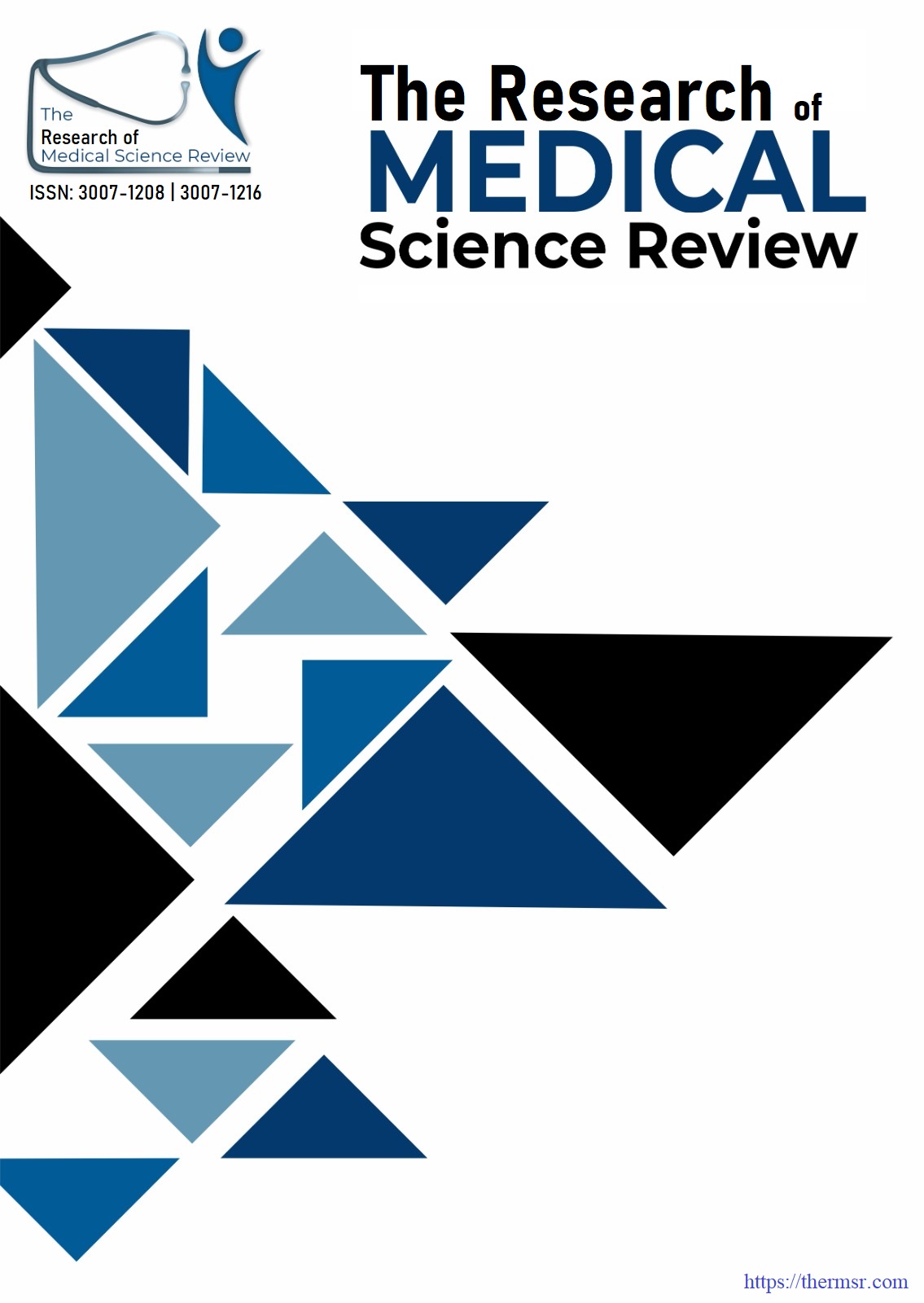TOPICAL THERAPY OF VITILIGO USING SUNLIGHT EXPOSURE WITH 10% LACTIC ACID CREAM
Keywords:
Cutaneous Repigmentation, Lactic Acid, Sunlight Exposure, Topical Therapy, VitiligoAbstract
OBJECTIVE: To evaluate the efficacy of topical 10% lactic acid cream combined with controlled sunlight exposure as a therapeutic approach for the treatment of vitiligo. METHODOLOGY: This observational cross-sectional investigation was undertaken within the Dermatology Department of JPMC, Karachi, spanning a duration of six months in the year 2024. A total of ninety-three patients diagnosed with vitiligo, aged 18 years or older, were recruited via non-probability consecutive sampling methodology. The participants were instructed to apply a 10% lactic acid cream on a daily basis and to engage in controlled sunlight exposure for a duration of 15 to 30 minutes. The dimensions of the patch were recorded monthly over a period of three months to evaluate the efficacy of the treatment. The data were subjected to analysis utilizing SPSS version 26, applying paired t-tests at a significance threshold of 5%. RESULTS : The investigation encompassed a cohort of 93 individuals diagnosed with vitiligo, exhibiting a mean age of 31.65 ± 8.97 years; of this population, 57% were identified as female and 43% as male. A noteworthy diminution in the dimensions of vitiligo patches was documented subsequent to a three-month intervention involving 10% lactic acid cream combined with exposure to sunlight. The average size of the patches exhibited a reduction from 3.88 ± 0.60 cm³ at the initial assessment to 0.96 ± 0.13 cm³ after three months, with the observed alteration attaining statistical significance (p = 0.000). CONCLUSION: Combination treatment of 10% topical lactic acid plus controlled sunlight exposure resulted in gradual and statistically significant improvement in clinical results in patients with vitiligo over 3 months. This economical, accessible, and well-tolerated methodology may represent a promising alternative therapeutic option, particularly in resource-constrained environments where conventional phototherapy is not readily attainable. These findings are encouraging, however larger randomized controlled trials with extended follow up are recommended to confirm the long-term effectiveness, safety, and durability of the treatment response.
Downloads
Downloads
Published
Issue
Section
License

This work is licensed under a Creative Commons Attribution-NonCommercial-NoDerivatives 4.0 International License.















